
The Nevada ghost town of Palisade was once a stop on multiple railroad lines. The small settlement was known as “The roughest toughest town west of Chicago.” In a span of three years, more than 1,000 violent acts occurred, including shootouts, bank robberies and massacres. Why did the little town of Palisade have enough Wild West incidents to put dime novels to shame?
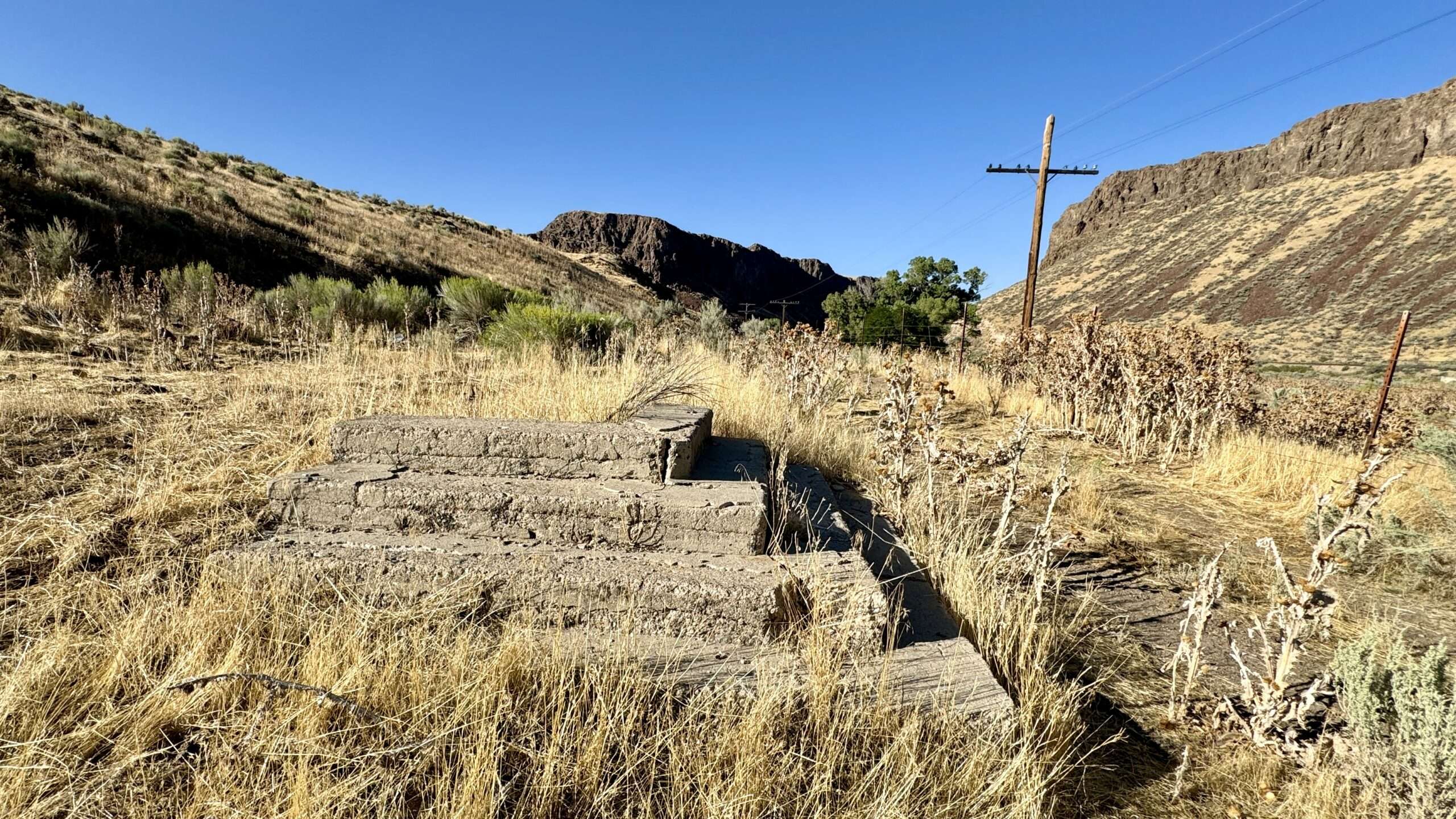
The journey west

(Photo credit: National Oregon and California Tail Center)
Before rail travel, the trek across the United States was arduous, walking or riding wagons over 2,000 miles. The journey took 118 days or four months. With the transcontinental railroad’s completion, the trip decreased to an astonishing six days.

Photo credit: Nevada State Railroad Museum)
Railroads required water for the engines and services for travelers. Stations popped up across the country. Some remained only water stops or sidings. For the fortunate stations, towns grew.
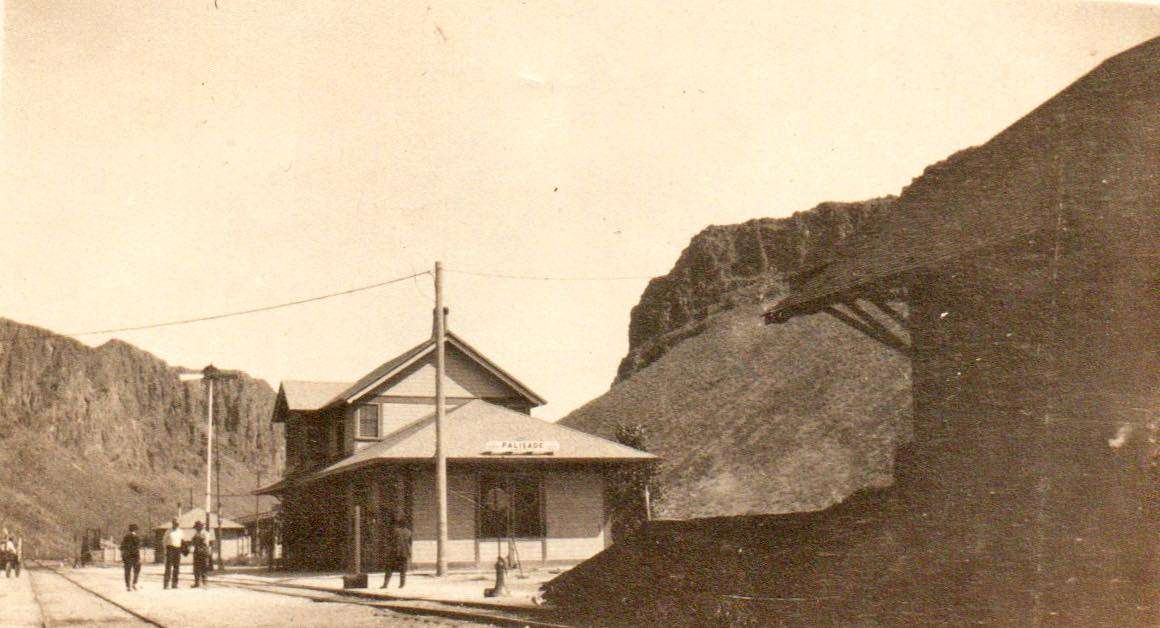
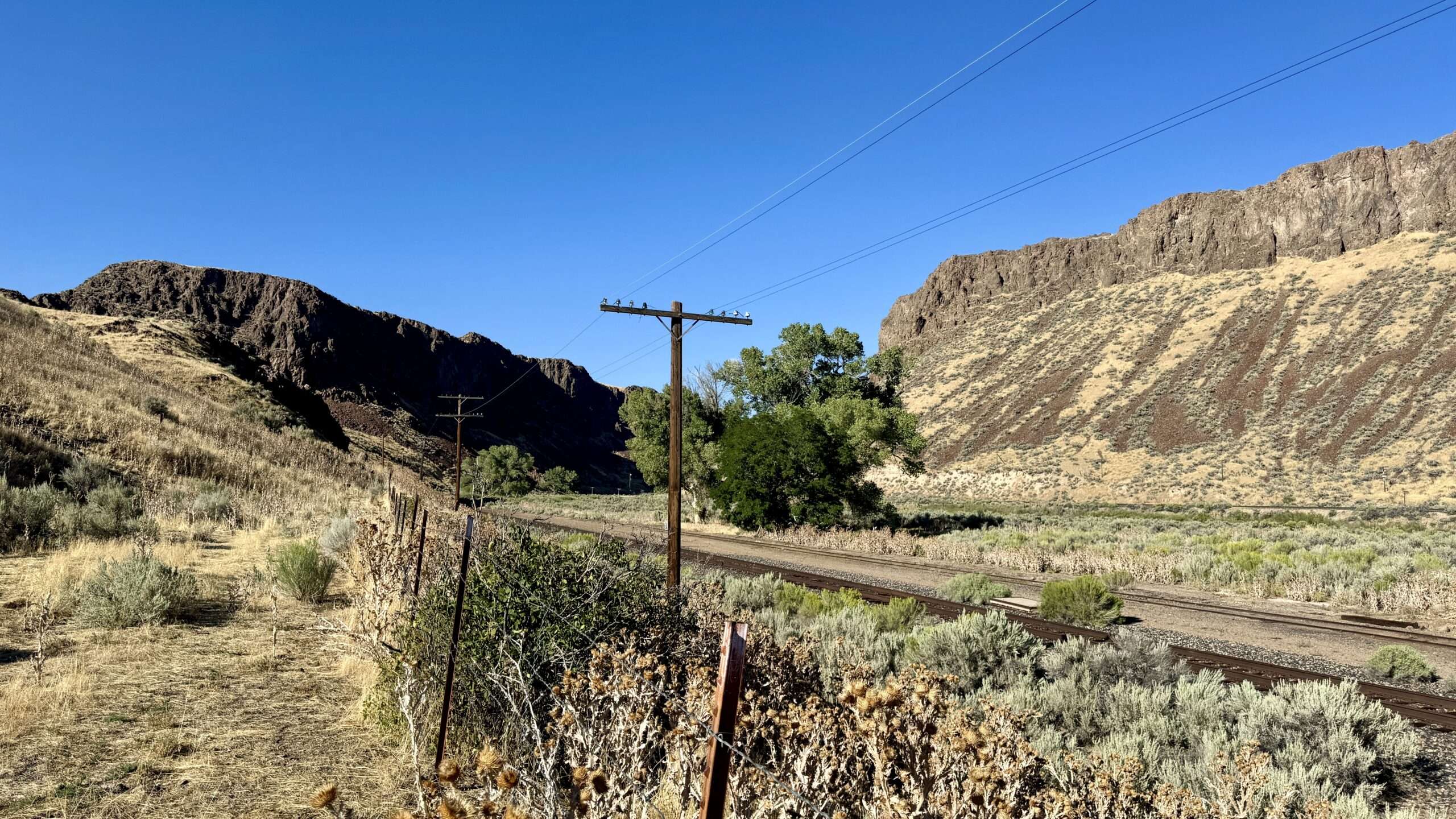
(Historic photo credit: Lane Family)
Palisade

(Photo credit: Alfred A. Hart)
In 1868, Palisade (originally Palisades) started as a station for the Central Pacific Railroad. They named the town after the cliffs in Palisade Canyon, similar to formations on the Hudson River in New York.
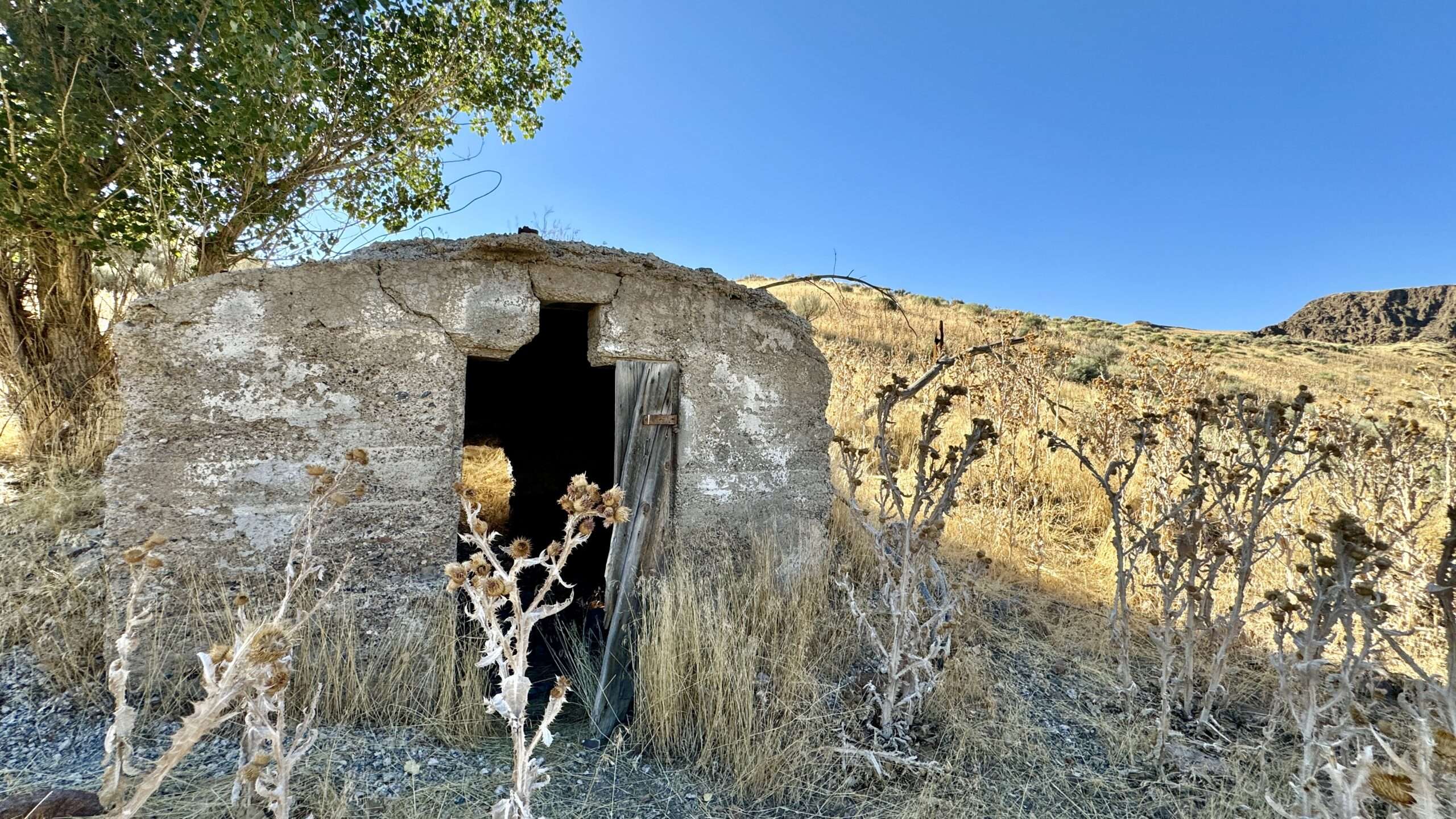
A small town grew, and a post office opened in 1870. Soon, the settlement had a substantial population of 600. Houses, stores, hotels, two churches, and a school lined the river. Multiple saloons and fraternal organizations, including Masons and Odd Fellows.
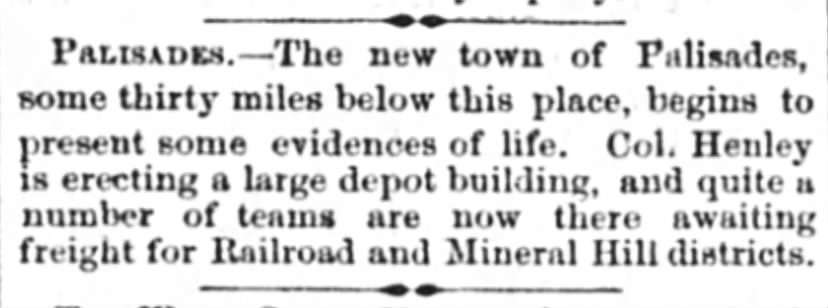
Elko, Nevada · Wednesday, April 20, 1870

(Photo credit: Wikipedia)
In 1874, Palisade became the new Eureka & Palisade Railroad headquarters. It became the central shipping hub for eastern mining camps, including Hamilton and Eureka. Within five years, the Eureka and Palisade Railroad shipped more than 31 million pounds of bullion through Palisade.
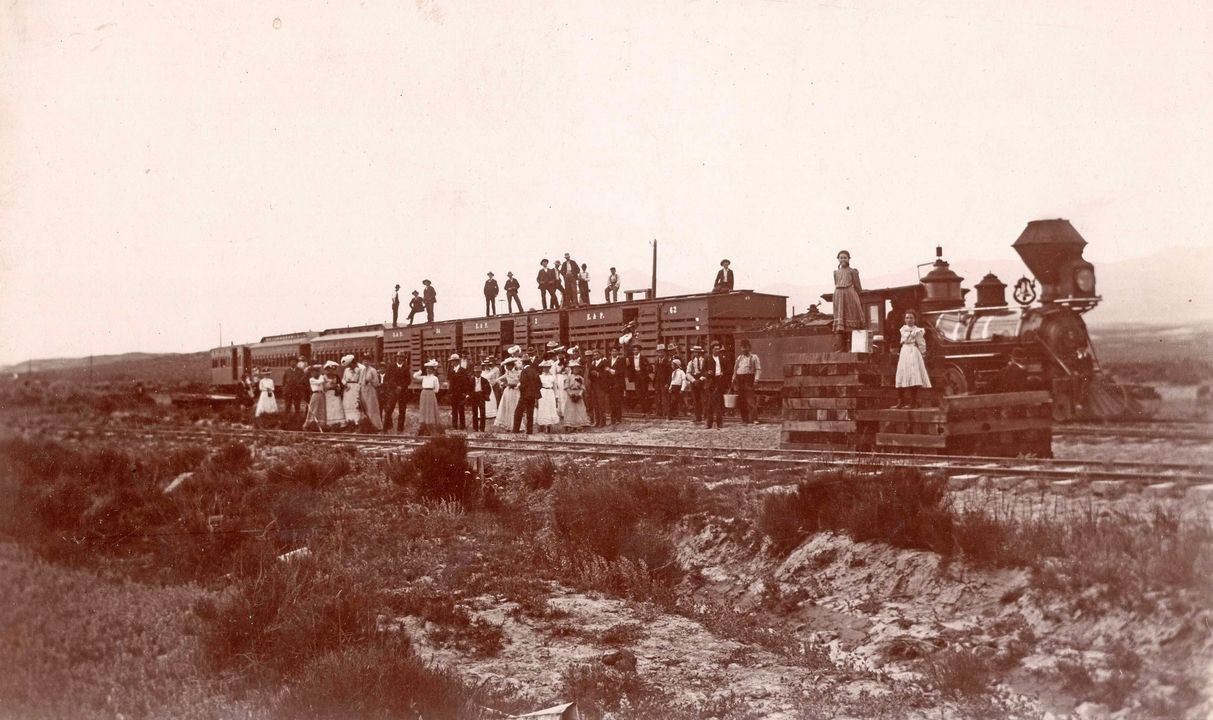
(Photo credit: Lane Family)
By 1882, Palisade’s population had declined to 250. Regardless, the Central Pacific and the Eureka and Palisade built and used a new train station.
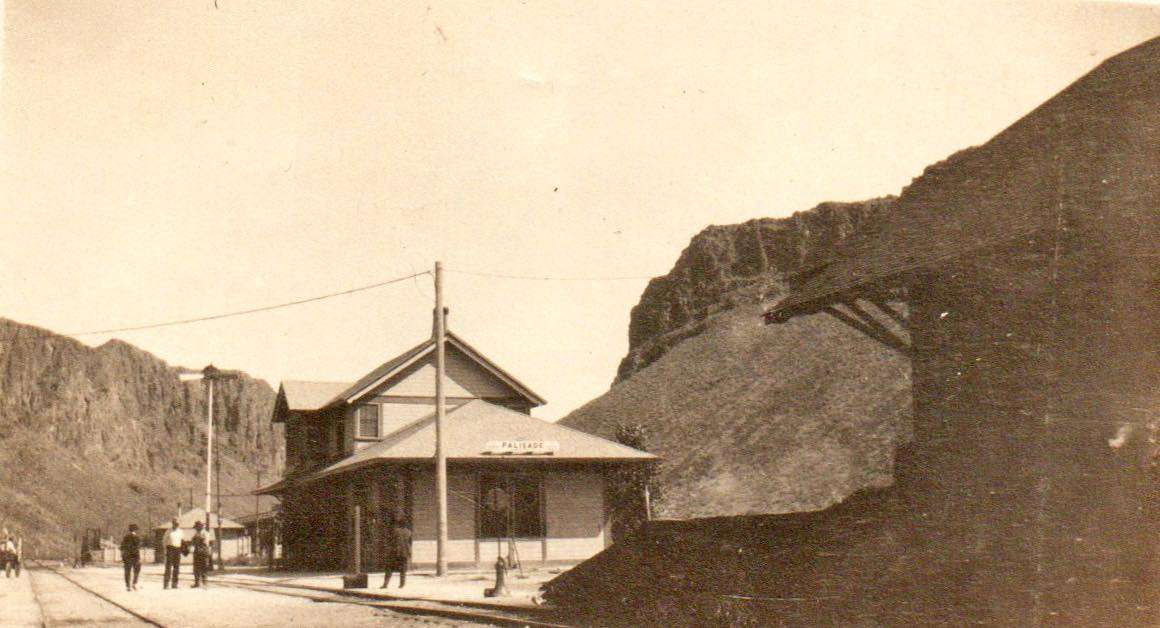

(Historic photo credit: Lane Family)
In 1885, mining declined in Eureka and Hamilton. The trains decreased the frequency of their trips. As the railroads employed most residents, many lost jobs and moved on to brighter prospects.

(photo credit: Wikipedia)
In 1908, the Western Pacific arrived, connecting the town to northern Nevada. However, the edition of the new line did not revitalize Palisade.
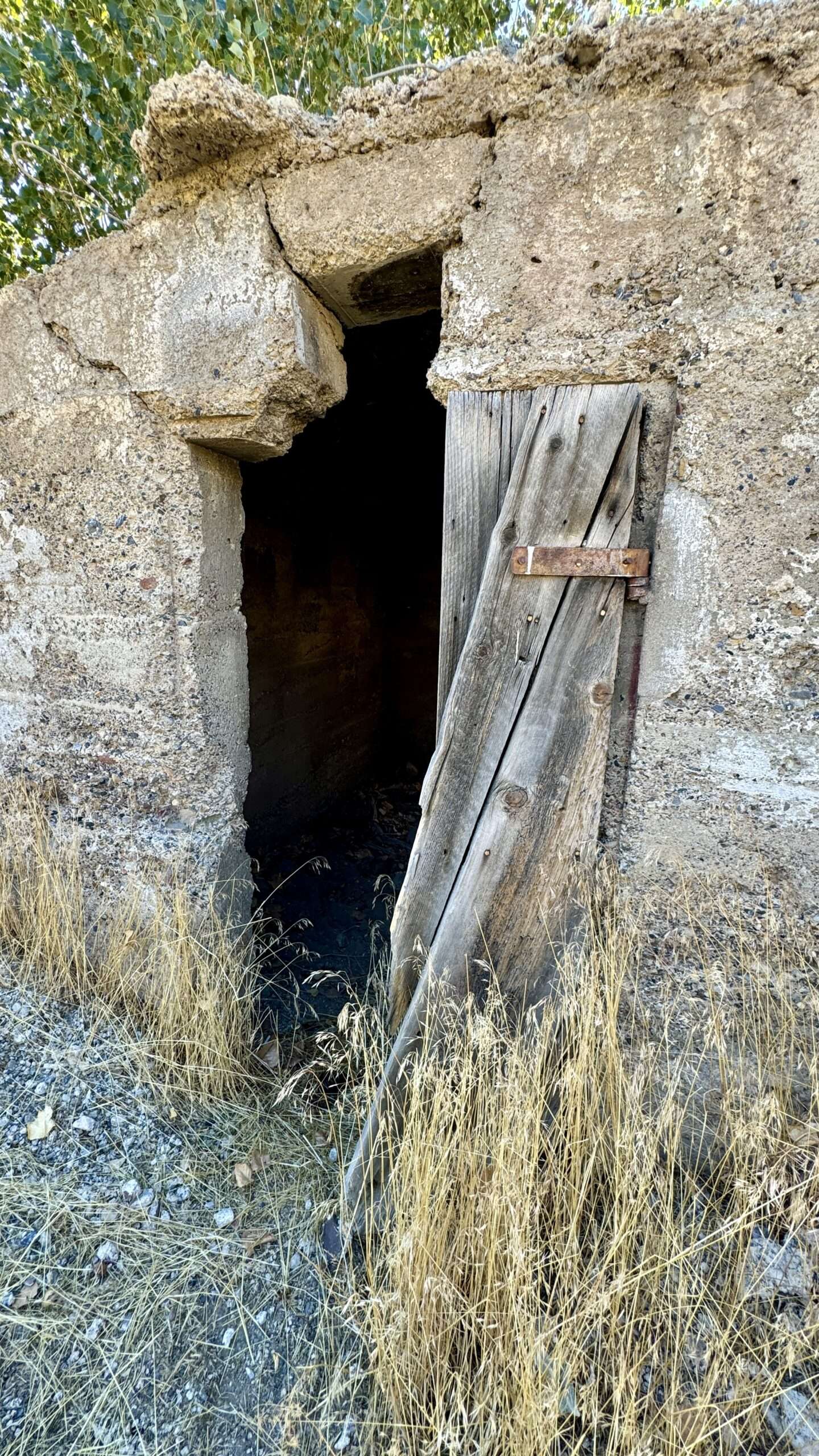
Flood of 1910

In 1910, flooding of the Humboldt River destroyed much of Palisade and damaged all three railroads. The town never recovered from the disaster. By 1915, only 242 called it home, and soon, less than 150. In 1938, the Eureka and Palisade stopped operations and dismantled their line. A handful of residents remained, many ranching. The post office closed in 1961, and Palisade became a ghost town.
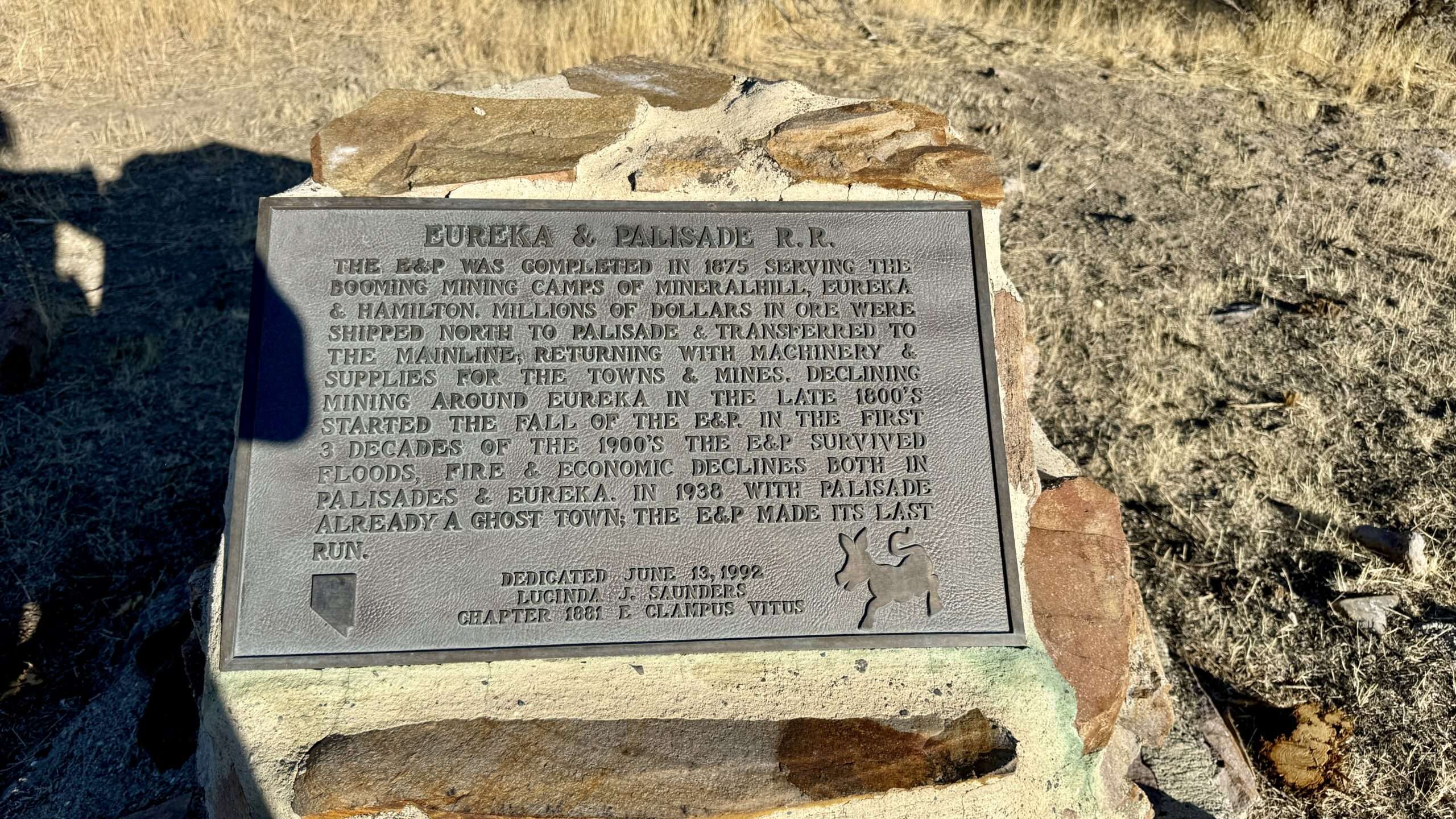
Palisade: “The roughest toughest town west of Chicago”
According to historians Howard Hickson, Director Emeritus of the Northeastern Nevada Museum in Elko and Nevada Historian Dan Ashbaugh, Palisade was known as the epitome of a Wild West town. Hickson dubbed it “the roughest, toughest town west of Chicago.”

Travelers on the railroad, especially the Overland Limited, reported various violent acts in Palisade. Bank robberies, brawls, shootouts, posses on the hunt, massacres, scalpings and hangings. Bloodshed was routine in the seemingly lawless town. While visiting Palisade, a reporter from Virginia Enterprise penned the town “would shame the author of a dime-novel.”

(Photo credit: Ron Embleton)
The first recorded incident was between Alvin Kittleby and Frank West. Just as the train came to a halt, Kittleby approached West, who was leaning against a fence post. “There ya are, ya lowdown polecat! I’ve been waitin’ for ya. I’m gonna kill ya for what ya done to my pore little sister!” The men drew their pistols. West was quicker on the draw, aimed at Kittleby’s chest and fired. Locals carried the motionless Kittleby to a saloon and drug West away, screaming and kicking.

Between 1876 and 1880, over 1,000 incidents occurred in Palisade, on average, once daily. Those who felt they missed the Wild West traveled through Palisade to live their beloved dime novels. When the fighting broke out, travelers screamed and women fainted. They fled for the safety of the train, ducking behind seats, hitting the floorboards or even diving under the railway cars for protection.

None of the travelers seemed to notice an interesting pattern. The violence erupted with the arrival of the daily train. No out-of-towners were ever hit in the crossfire. “Injured” townsfolk were carried to Johnson’s Saloon to recover.
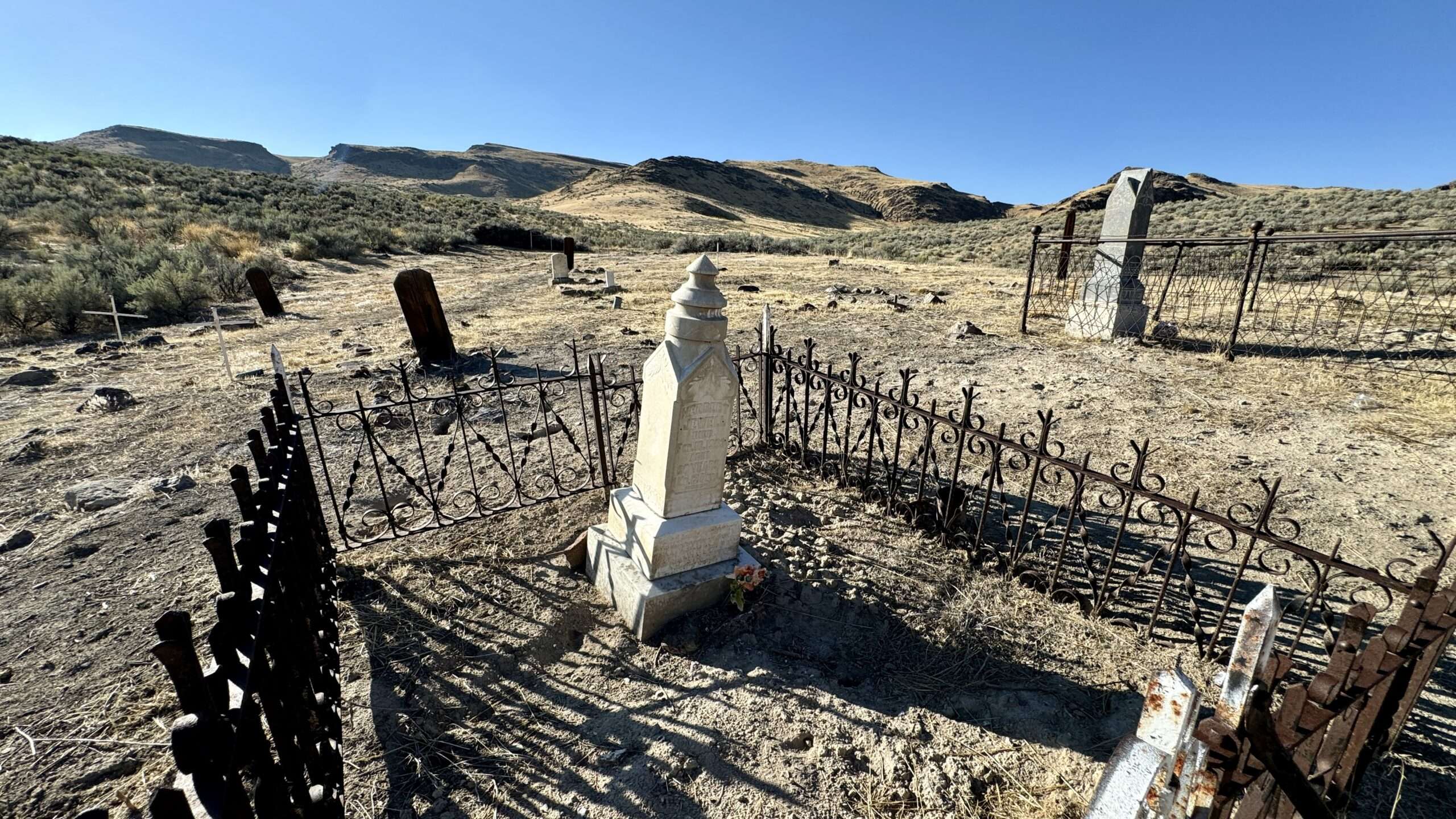
If tourists had dared to look back at Palisade as their train pulled away from the station, they might have noticed the townsfolk fading into the distance… laughing over their latest performance.

(Photo credit: John W. Barriger National Railroad Library)
The longest act of violence was when local Shoshones attacked the town, “massacring” townsfolk by the station. One performance lasted for an impressive ten minutes and involved gallons of blood from the slaughterhouse.
We may never know if the shows started to increase tourism or a drunken gag at a local saloon. The town banded together, “entertaining the gaping open-mouthed greenhorn with blood-curdling tales.”
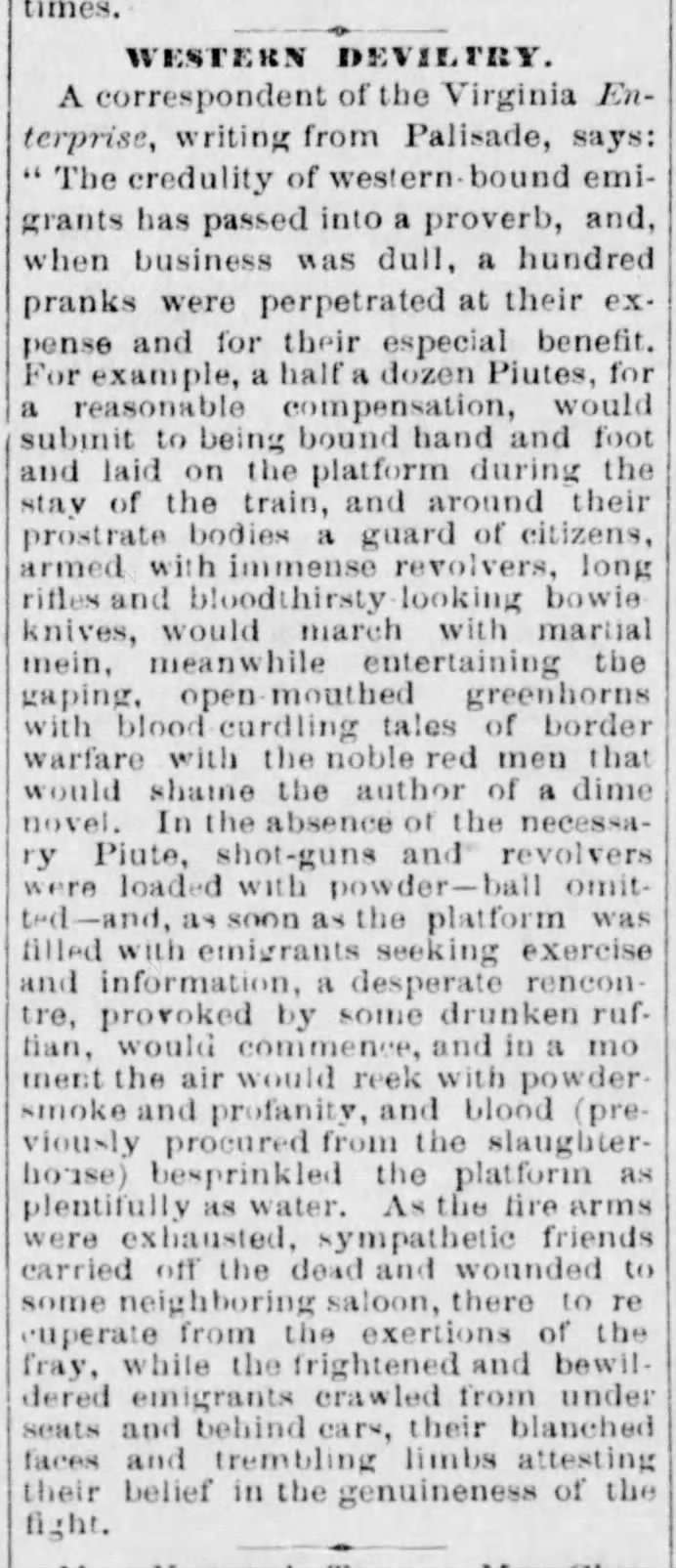
Eureka Daily Sentinel
Eureka, Nevada · Tuesday, October 17, 1876
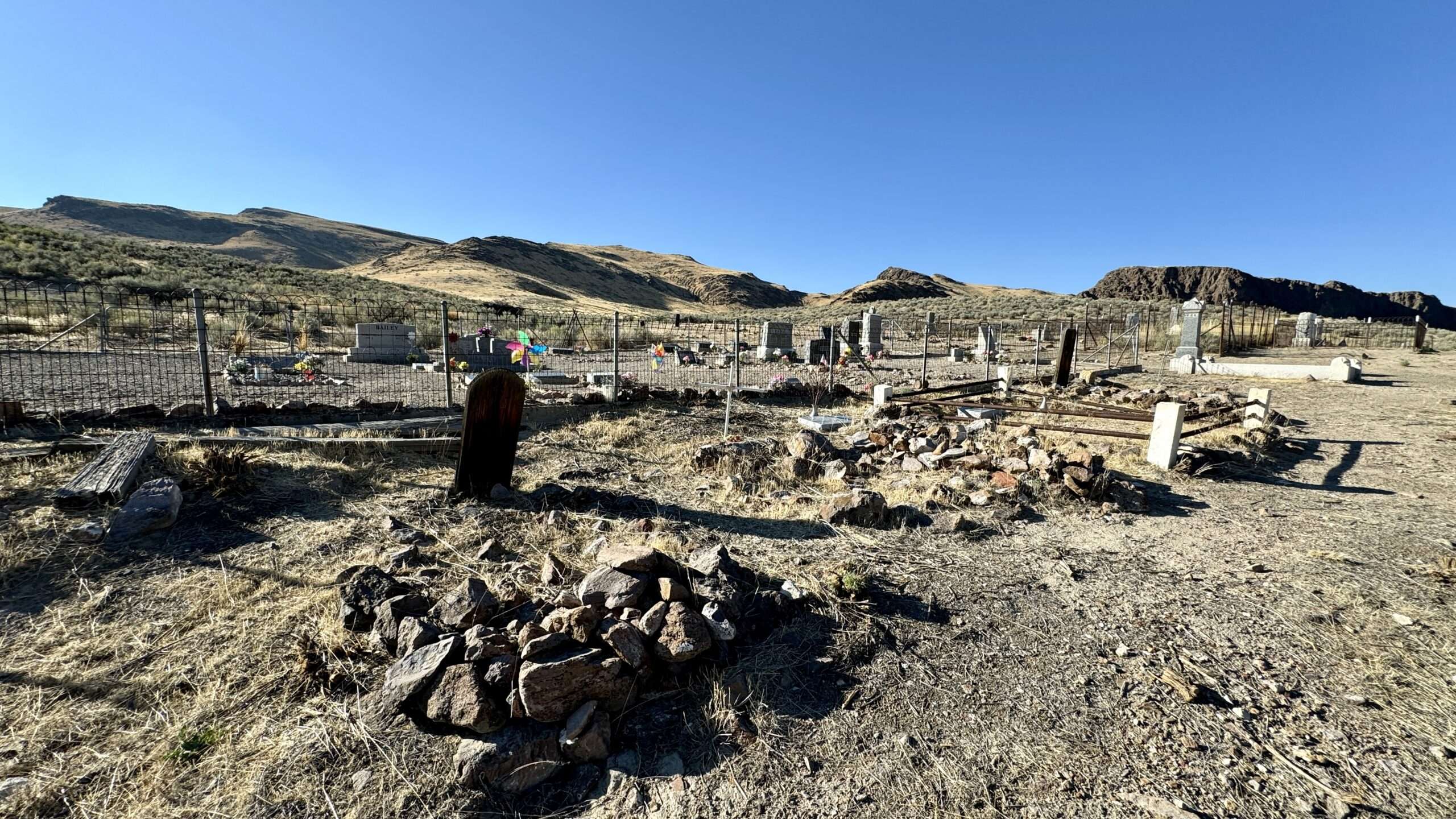
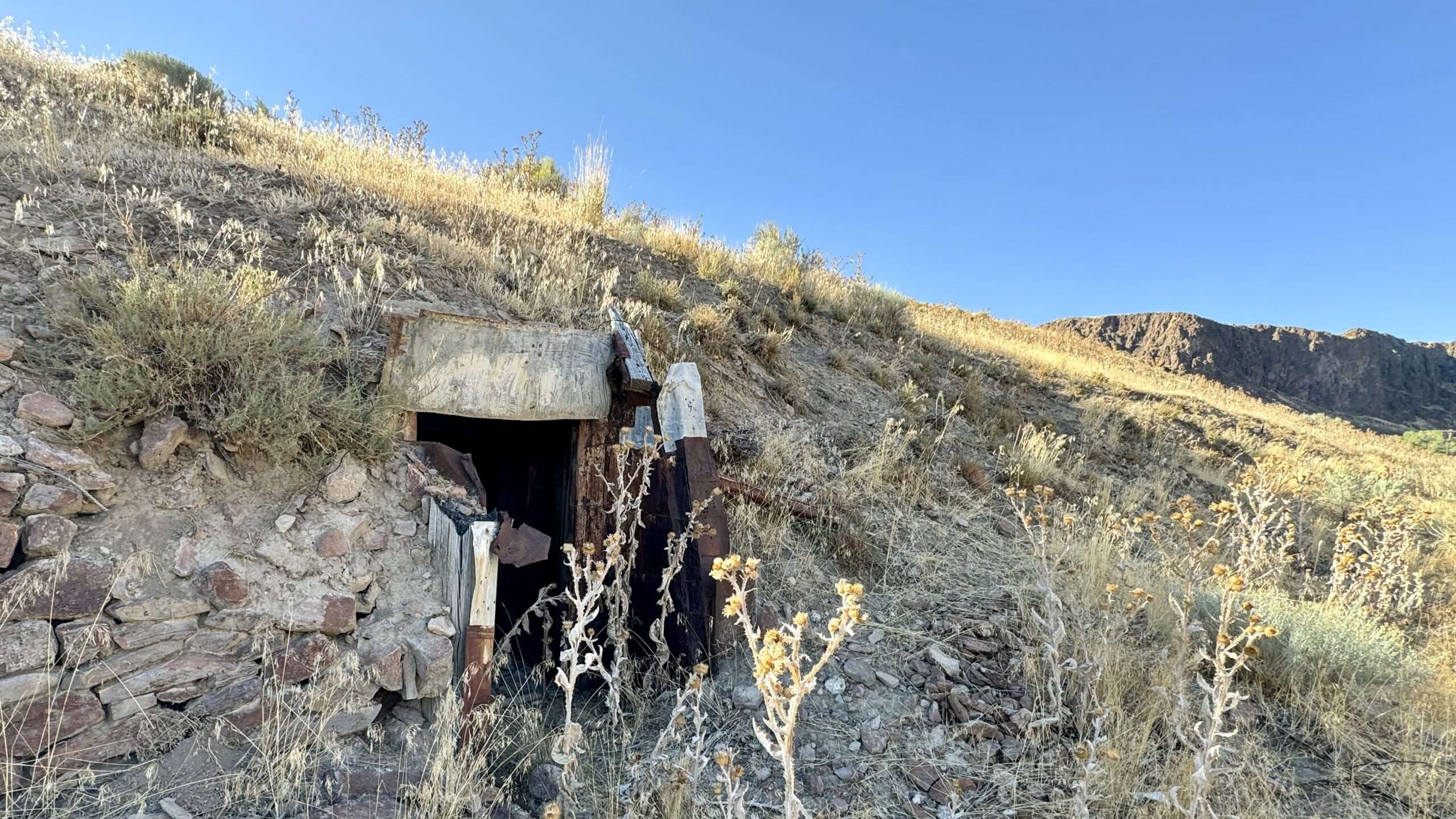
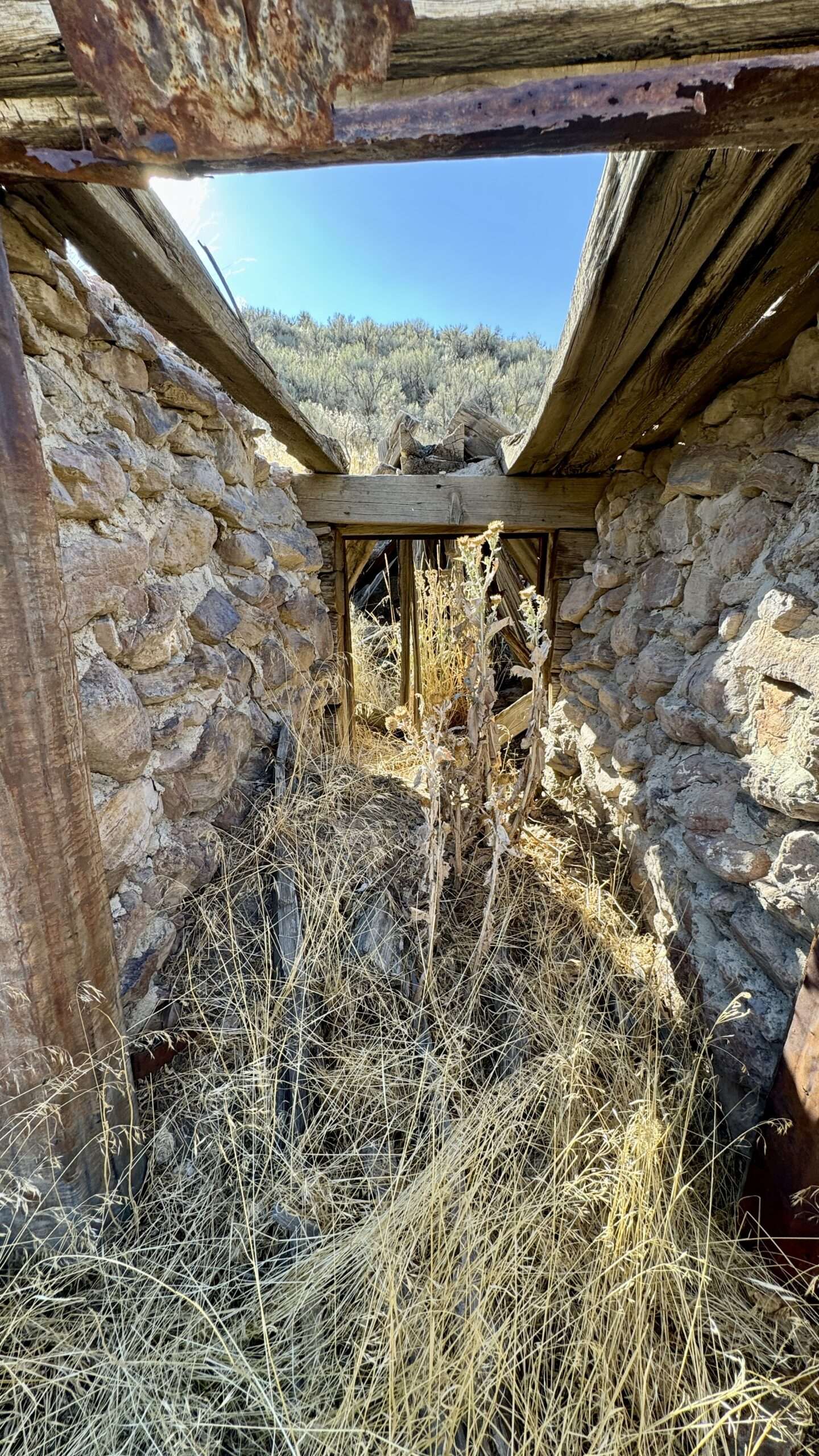
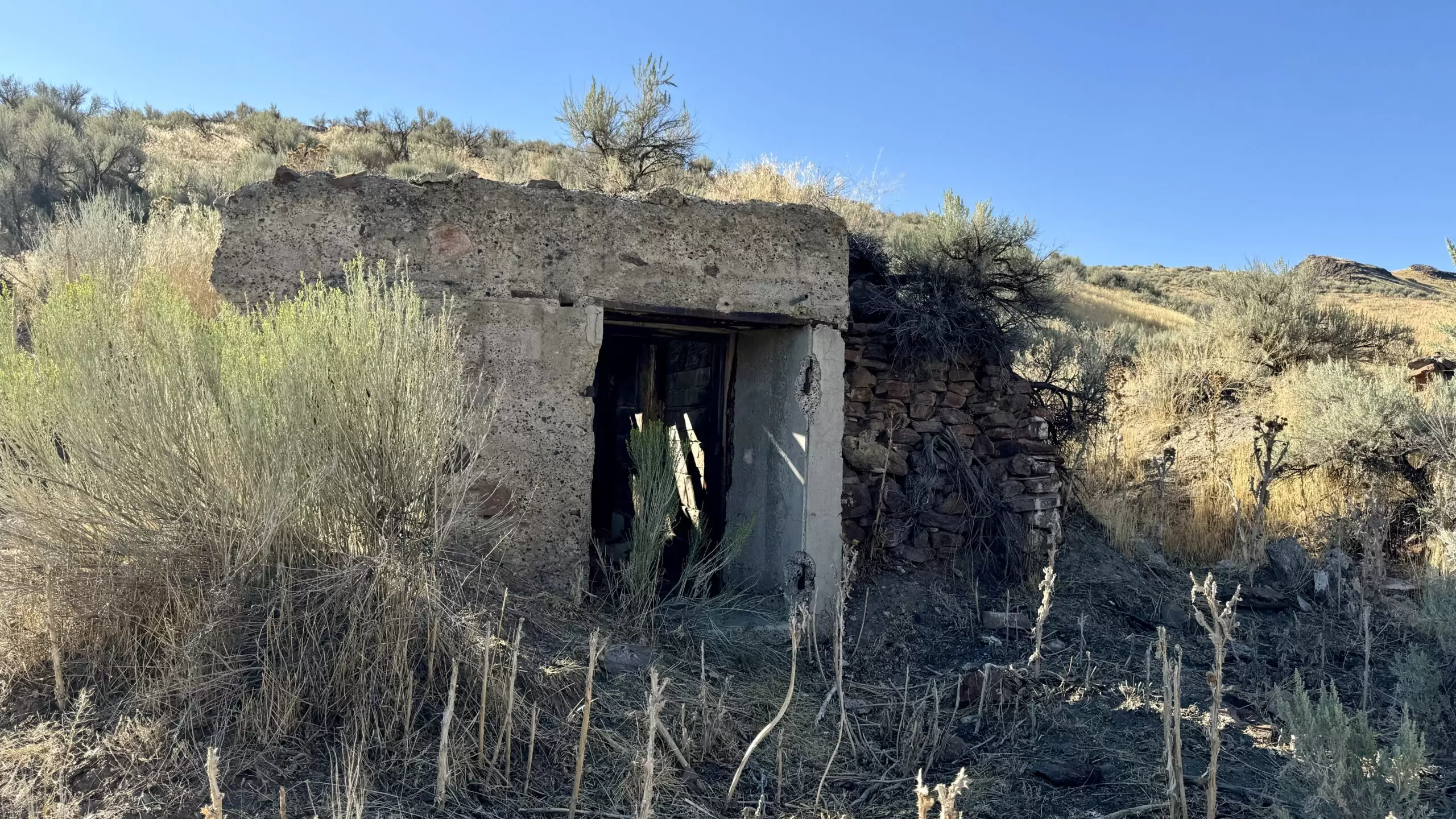
Encore, encore!

Lewis Bradley House, Nevada’s second Governor after gaining statehood
In 1902, sixty miles east of Palisade, a group of Nevada cowboys revived Palisade’s performances. They staged a lynching for horse thievery. A shoot-out occurred, ending in the “deaths” of four cow punches. Soon, Native Americans arrived in war paint and feathers, threatening to shoot the first man who poked his head out the train windows.

Later in his travels, one of the Pythians relayed the story to “Hi Henry.”
I have read a lot about the wild and wooly west, but this morning I witnessed the genuine article. The storeis I have read about the lawless border were not exagurted a bit….I tell you, Nevada is a lawless place. We must send more missionaire (sic) and tract there.
Hi Henry decided to keep the theatrics to himself and let the dandy greenhorn believe the Wild West was still very much alive in Nevada.
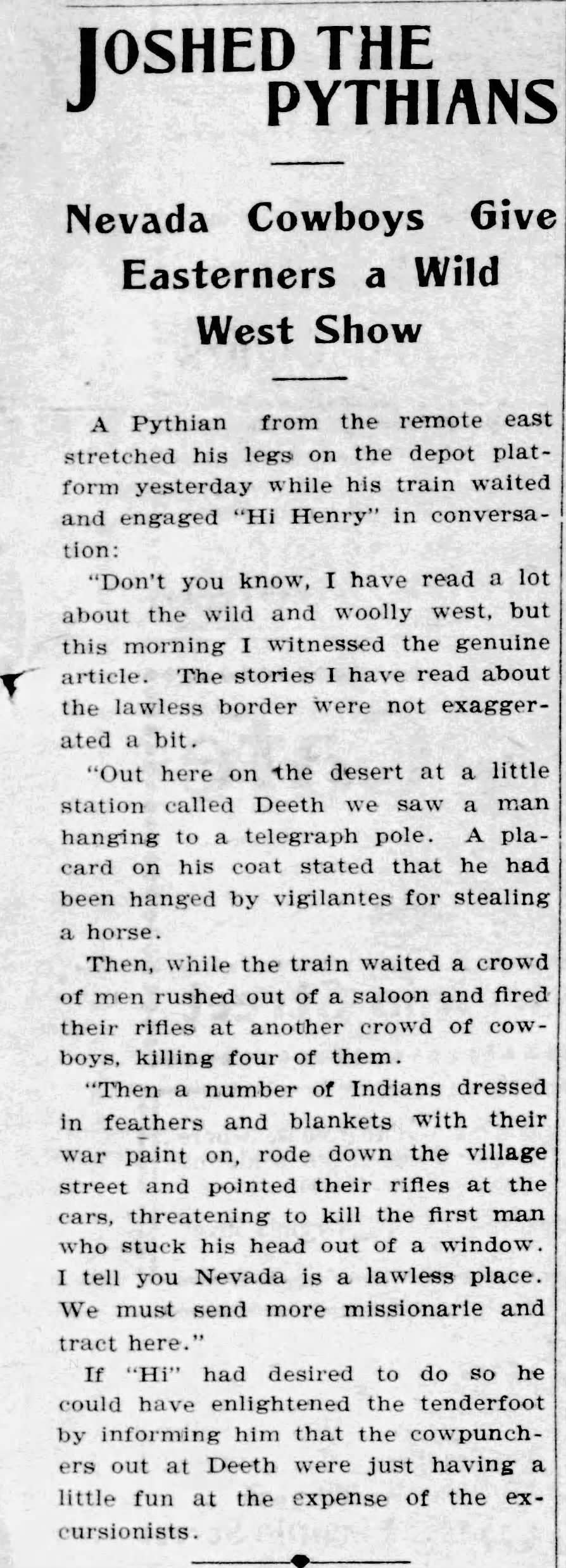
Reno, Nevada · Wednesday, August 13, 1902
WANT MORE GHOST TOWNS?
For information on more than five hundred ghost towns in Nevada & California, visit the Nevada Ghost Towns Map or a list of Nevada ghost towns.
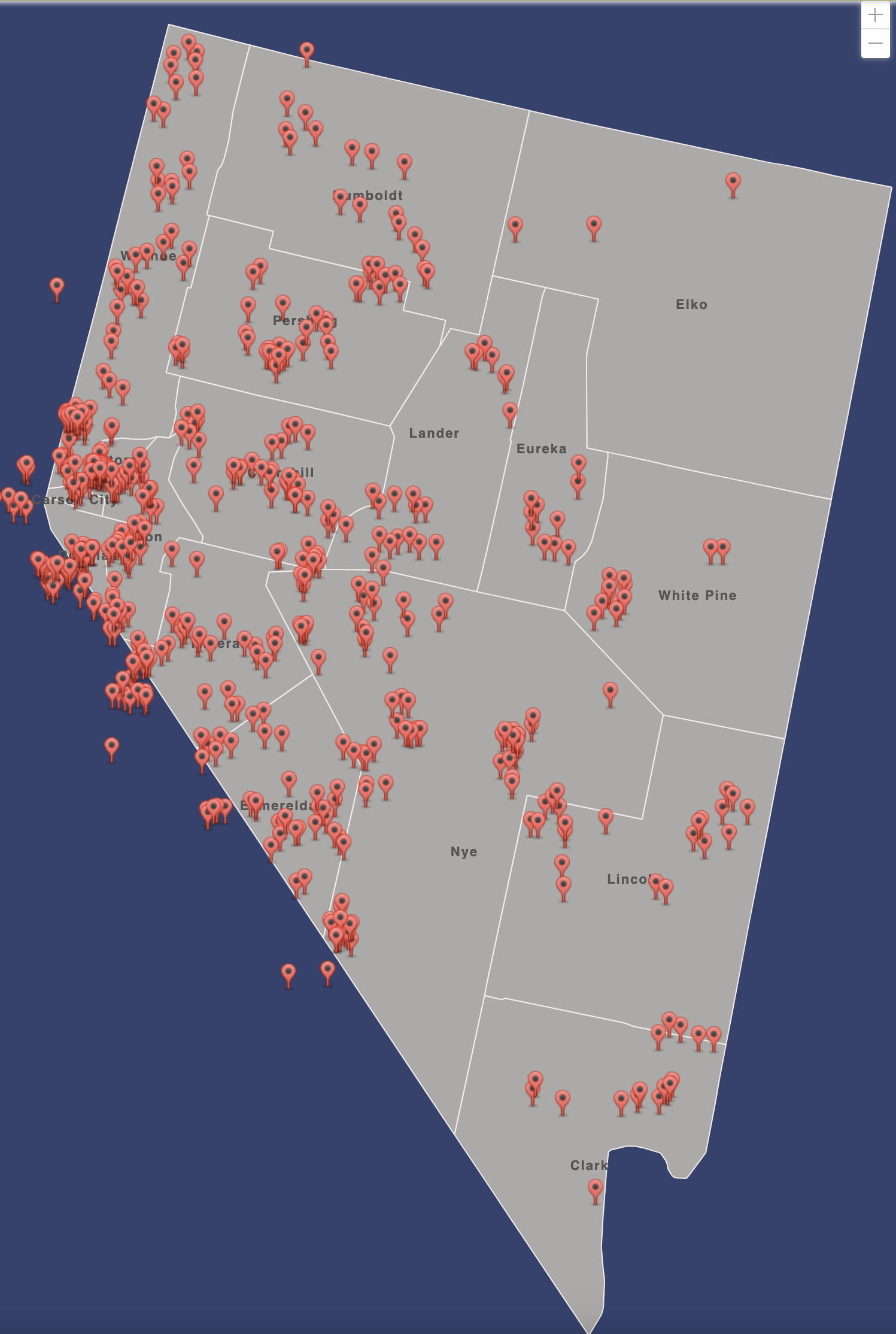
References
- Eureka Sentinal, October 17, 1876
- Eureka Sentinal: Shoot ’em Up in Palisade
- Great Basin College: Wild, Wild West: Act One, Scene One
- Hall, Shawn. Romancing Nevada’s Past: Ghost towns and historic sites of Eureka, Lander and White Pine Counties. University of Nevada Press, 1994. Pages 32-34.
- Higgs, Gerald B. Lost Legends of the Silver State. Western Epics, 1976. Pages 49-53.
- The Internet says it’s real: Real or Fake? Palisade, Nevada’s “Wild” West
- Lindskoog, Kathryn Ann. Fakes, frauds, & other malarkey : 301 amazing stories & how not to be fooled. Grand Rapids, Mich. : Zondervan Pub. House, 1993. Page 44.
- Mahoney, Timothy R. and Wendy J. Katz. Regionalism and the Humanities. U of Nebraska Press, 2008. Pages 127-143.
- Nevada Expeditions: Palisade
- Raines Market: Palisade
- Ranker: Palisade, Nevada’s Staged Events Made It A 19th-Century ‘Westworld’
- USGS: Name information system
- Wikipedia: Palidade, Nevada
- Zippy Facts: How did Palisades in Eureka County Nevada stage a hoax to attract tourists in the 1870s?
bob h says
Thank you once again Tami!
Chuck says
I tell you young lady, I dearly love your adventures, and the in-depth history that goes along with each series of photos… great job, keep it up… I look forward to each and every chapter.
Tami says
Thanks, you. Your comment is the first thing I saw today; it is a great way to start the day.
Ryan Smith says
Wow, that’s so funny that they faked being a Wild West town. My friend and I are looking to visit Nevada in January or February on our dual sport motorcycles, and your site makes me all the more excited for the trip. I’m thinking about heading to Lovelock to see the cave. Thoughts?
Tami says
Sounds like a great trip! I hope the weather is good for you. There is a lot to see in that area. Here are a couple of trips I did to that area.
From what I understand, the cave is open year-round. If you are by Fallon, Grimes Point has a lot of petroglyphs, pictographs and caves used by Native Americans.
https://nvtami.com/2022/11/13/humboldt-pershing-county-ghost-towns/
https://nvtami.com/2023/06/13/mercury-mine-madness/